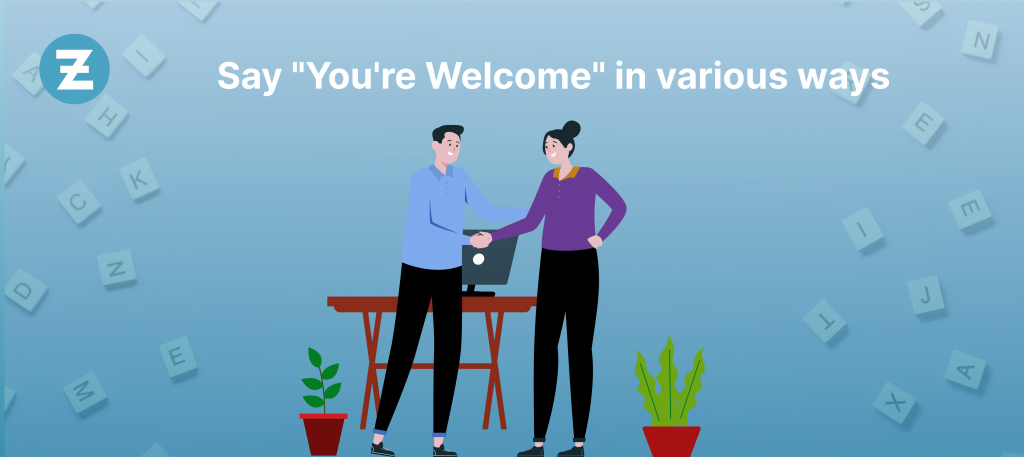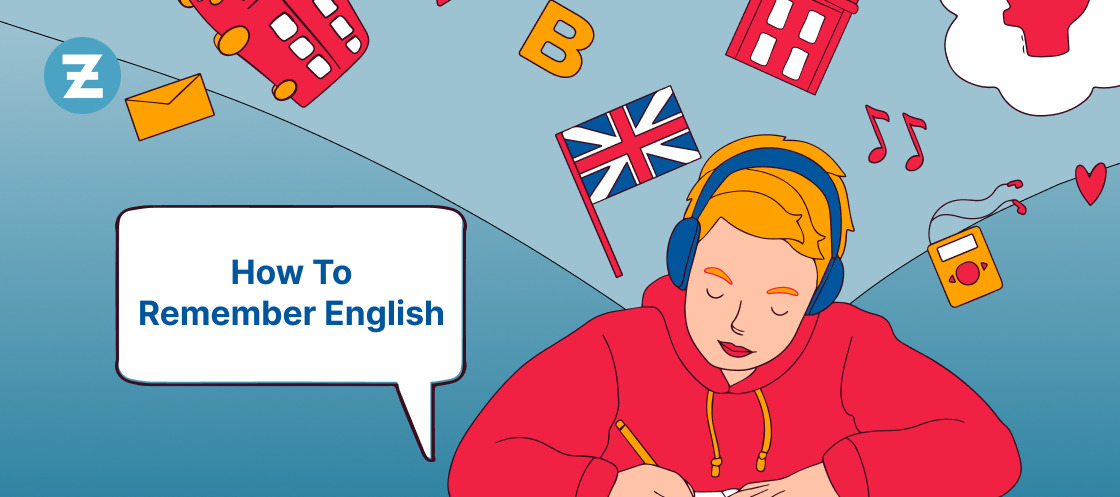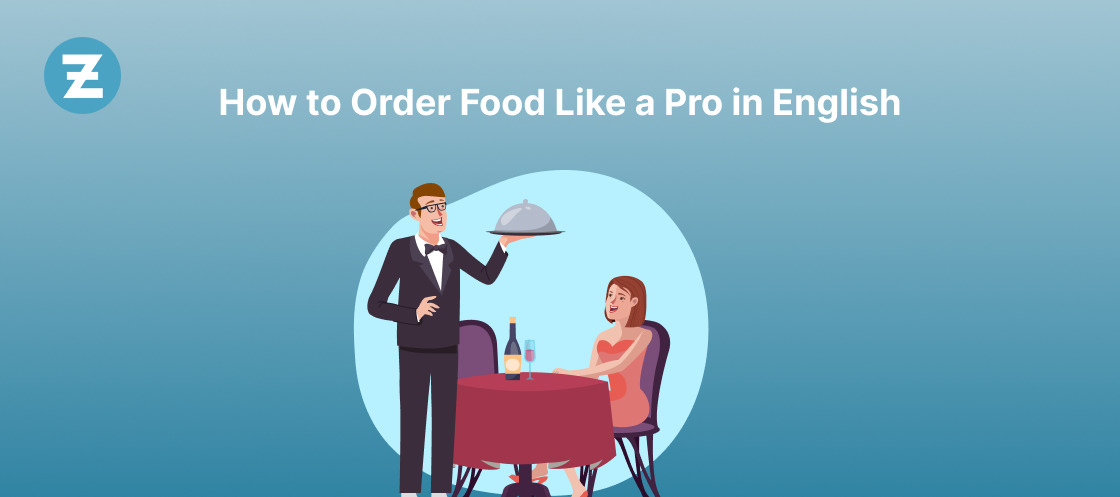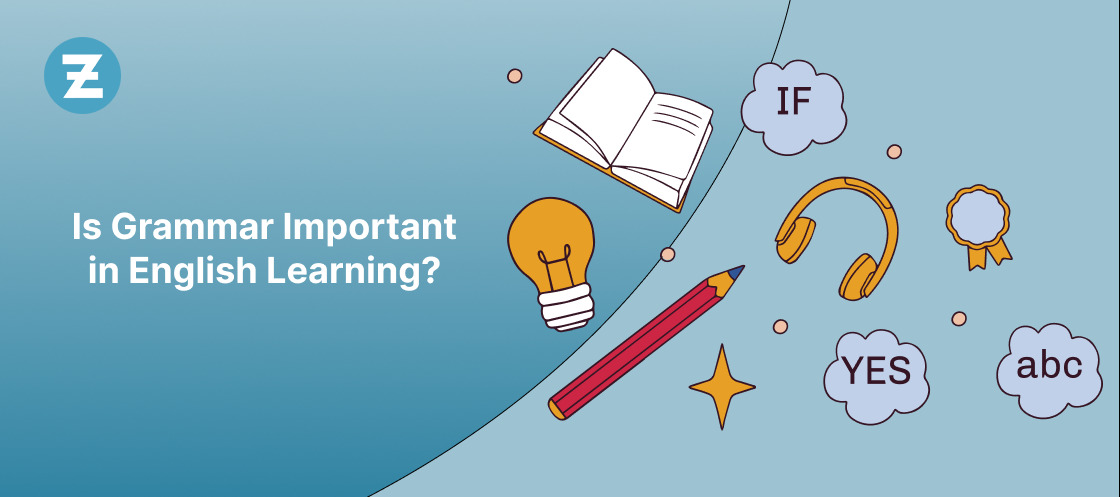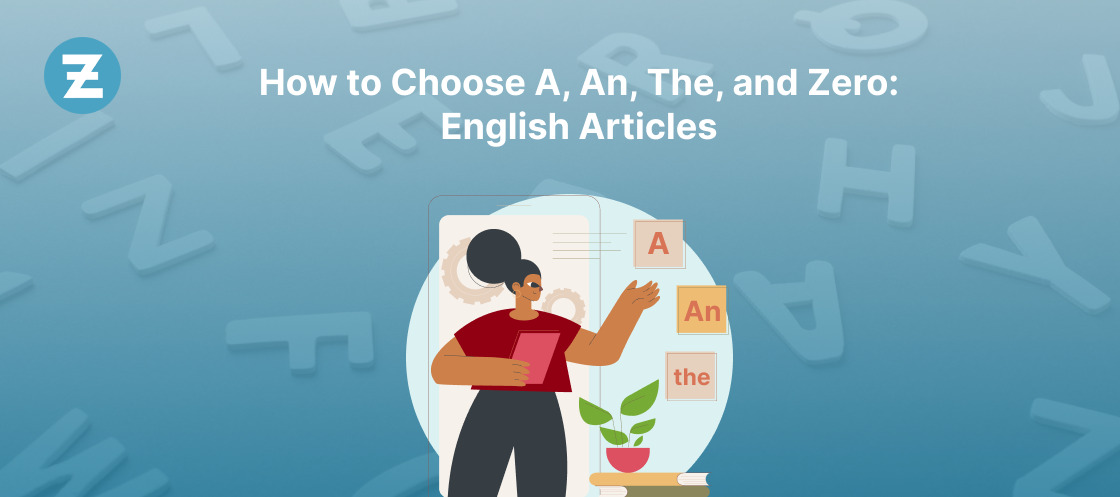What alternative ways to express “You’re welcome” in English? It might sound like a simple question, but have you ever found yourself in a situation where you wanted to express gratitude but wanted to avoid the exact old phrase? Don’t fret – we’ve got you taken care of! In this article, we will uncover various ways to express gratitude and appreciation in English with phrases other than “You’re welcome”! So the next time someone thanks you, you can reply in a way that shows your appreciation—without sounding too repetitive. Whatever you choose, these responses will make your interactions more meaningful and engaging. Thank you for checking out How to Say Welcome in Different Ways – we hope you’ll find the perfect phrase for any occasion!
Let’s dive in and discover new ways to show our gratitude!
In a casual approach, say, “You’re welcome.”
No problem!
“It was no trouble at all – I’m glad to have been of assistance!” This phrase often expresses appreciation for the help, indicating that it was a simple and enjoyable task.
Sure thing!
Sure thing! We have a friendly and willing response to your request, suggesting that the speaker is happy to help. It conveys a sense of enthusiasm and confidence that the speaker is ready and willing to do whatever it takes to ensure their help is needed again.
No worries!
According to this term, helping the other person is simple and convenient, and the speaker is not expecting anything in return.
Don’t mention it!
Suggesting that one should not feel obligated to express greater gratitude, this phrase implies that the speaker is humble and does not want to make a major deal out of the assistance they gave.
Anytime!
The speaker shows a strong dedication to helping the other person and values the relationship highly, demonstrating their dependability and readiness to assist.
It was nothing!
The help provided was likely trivial or straightforward, so there is no need to feel obliged to express further gratitude.
Not a big deal!
This expression conveys that the aid took little work and that the speaker is grateful for the opportunity to serve.
You got it!
This phrase conveys a positive and confident tone, suggesting that the speaker was happy to help and that they would do so again if needed.
My pleasure!
As suggested by this sentence, the speaker may have enjoyed helping and appreciated the chance to do so.
Read Also: 22 Unique ways to say sorry in english
In a professional approach, say, “You’re welcome.”
You may regularly say “You’re welcome” professionally if your job entails frequent encounters with coworkers or clients. Nonetheless, there are numerous appropriate options to consider if you want to change how you react to thanks in a professional situation.
Certainly
“Certainly” is one way to respond professionally to someone thanking you in a business setting. It conveys a readiness to assist or be of assistance while also acknowledging the expression of thanks formally and courteously.
It is a common alternative to “You’re welcome”, frequently used in professional contexts, such as customer service, hospitality, or administrative settings.
Glad that I can be of assistance
In a professional or customer service situation, saying “glad that I can be of assistance” in responding to someone thanking you is a polite and professional response. It acknowledges gratitude while conveying a sense of satisfaction and willingness to help.
This type of response is appropriate when you have provided assistance, advice, or support to the person thanking you. Building a good rapport with the person might motivate them to ask for your assistance again. This reaction exudes supportive and friendly behavior, which may be advantageous in various business settings.
I am here to serve
In a professional setting such as customer service or business, stating “I am here to serve” is a polite way to indicate your readiness to assist or help someone. It can be an alternative response to “You’re welcome” when someone appreciates your help.
This comment shows that you have a good mindset and are ready and prepared to help the person with any requirements they may have. It also implies a commitment to providing excellent customer service or support. Overall, this response can help build trust and rapport with the person and leave a lasting positive impression.
Happy to support the team
Happy to support the team” is a professional and positive way to respond to someone thanking you for your assistance or contribution in a team setting. This sentence appreciates the person’s expression of thanks while also expressing pleasure and a commitment to collaboration. It underlines how crucial it is to cooperate and assist one another to accomplish a shared objective.
Various professional contexts can use this response, such as in a workplace or organizational setting where essential skills include teamwork and collaboration. Overall, it is a courteous and respectful way to show appreciation for the team’s efforts and encourage continued future teamwork.
Just doing my job
“Just doing my job” is a professional and humble way to respond to someone thanking you in a business or customer service setting. This statement acknowledges the gratitude expressed by the person while indicating that you were performing your job duties.
It underlines your dedication to performing your duties and rendering top-notch service or assistance. This response can also convey a sense of modesty, as it downplays the effort or contribution you may have made to assist the person. Overall, it is a polite and professional way to show that you appreciate the recognition while maintaining a humble and dedicated attitude toward your work.
No thanks are necessary
“No thanks are necessary” is a professional and courteous way to respond to someone thanking you in a business or customer service setting. It recognizes a person’s thankfulness while clarifying that you don’t anticipate receiving further praise or thanks.
It emphasizes that you are committed to providing excellent service and support, regardless of personal recognition. You can use this reaction when you believe someone’s thanks are excessive or disproportionate to the quantity of service you offer. Overall, it is a polite and professional way to show that you appreciate the sentiment while maintaining a humble and dedicated attitude toward your work.
Of course
“Of course” is a professional and commonly used way to respond to someone thanking you in a business or customer service setting. This comment expresses a desire and excitement to assist while acknowledging the individual’s thankfulness.
It underlines your belief that helping and supporting the individual is your duty or responsibility. You can use this response to convey a positive and approachable attitude or to indicate that you provided routine or expected assistance as a part of your role.
Customer satisfaction is my goal
“Customer satisfaction is my goal” is a professional way to express your dedication to providing excellent customer service and support. This statement can be a professional way to respond when someone expresses gratitude for your assistance, as an alternative to saying, “You’re welcome.”
This claim highlights the significance of satisfying or surpassing customers’ demands and expectations and exhibits a customer-centric approach to operations or customer service. It also implies a commitment to continuous improvement and a willingness to go above and beyond to ensure customer satisfaction. Overall, this response can help build trust and connection with the person and leave a positive and lasting impression.
Read Also: Different Ways To Ask How Are You in English
In a Thoughtful Approach, say, “You’re welcome.”
In a thoughtful approach, when someone expresses gratitude for your help, you can respond with a sincere and gracious “You’re welcome.” This short sentence expresses your thanks for their thankfulness and recognizes the service or support you provided. It communicates your appreciation for their praise and your joy at having been of service.
It shows that you value their recognition and are happy to have been able to help. When saying “You’re welcome” thoughtfully, you can also use a friendly tone of voice, make eye contact, and express a genuine smile to convey your appreciation and goodwill further. Overall, this is a polite and professional way to respond to gratitude and can help to build positive relationships and connections with others.
Always glad to help
This phrase can help create a positive and supportive environment where the other person feels valued and respected. Although the other person may be more likely to seek assistance or support in the future if they know you are available and eager to help, it may also promote open communication and teamwork.
I’m always here to help.
When you tell someone you’re always here to help, you’re reassuring them that you’re a dependable and trustworthy source of support. If the other person knows they can come to you for support or direction, this may help to strengthen connections and promote more trust. Additionally, it can help alleviate stress and anxiety, as the other person may feel more confident and secure knowing they have someone they can rely on.
Conclusion
Zoundslike offers a range of methods to acknowledge and appreciate someone when they thank you. By replacing “you’re welcome” with alternative phrases, you can personalize your response and show that you are attentive to the conversation. By understanding how to say you’re welcome in different ways, you can show your appreciation and courtesy in different ways, whether you’re saying it to acknowledge a thank you or as a gesture of kindness; numerous English phrases can be used to convey your appreciation. From the traditional “you’re welcome” to more creative expressions, you can now express your politeness and gratitude in various ways. Overall, being polite and showing appreciation is important in any language, and knowing different ways to say “You’re welcome” in English can help you build stronger connections with others.


